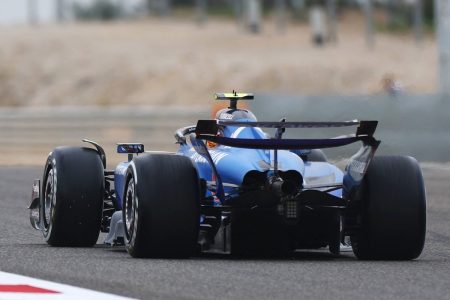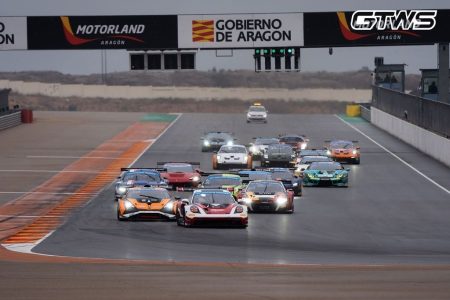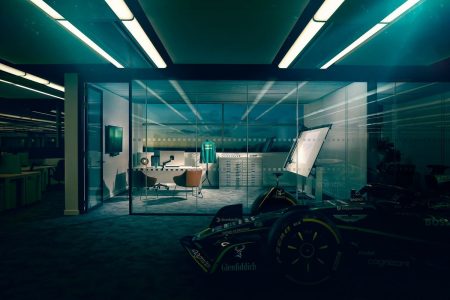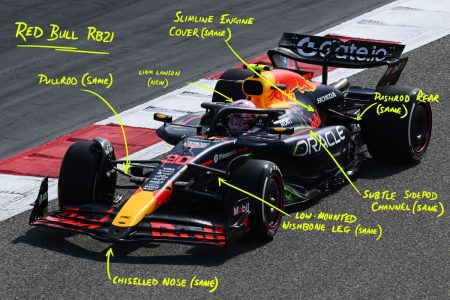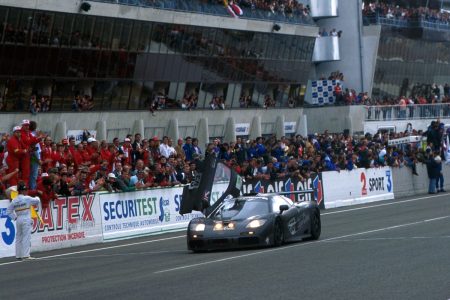McLaren’s Veiled Beginnings: The MCL39’s Cryptic Launch
Formula 1’s 2025 season kicked off with a quintessential dose of intrigue, courtesy of the constructors’ championship winners, McLaren. The team unveiled the MCL39, the successor to the title-winning MCL38, through a series of five distant images. Clad in a papaya and black dazzle camo livery, the car’s defining features were deliberately obscured, adding a layer of mystery to the launch. This strategic opacity is a hallmark of F1’s launch season, where teams often use various methods to keep their competitors guessing.
Familiarity and Subtle Evolution
Upon closer inspection, the MCL39 bears a striking resemblance to its predecessor, the MCL38. Key components, such as the inboard-loaded front wing with a squared-off front lip and the rear wing with a triangular mainplane section, remain unchanged. This continuity is likely a deliberate move to further complicate the task of deducing the car’s true form and performance. However, subtle yet significant changes are evident. The pull-rod activated front suspension, which lowers the center of gravity for improved stability, remains a cornerstone of the design. The rear leg of the upper suspension wishbone has been shifted to a lower mounting point, almost flush with the pull-rod, a change that could enhance the car’s aerodynamic and dynamic properties.
Aerodynamic Refinements and Suspension Innovations
The inclination of the suspension wishbones is a critical aspect of the MCL39’s design. By adjusting the angles, McLaren aims to optimize airflow towards the sidepods’ undercut, keeping the flow energized and reducing its path around the car. This not only improves aerodynamic efficiency but also mitigates the effects of dive, where the car pitches forward under braking, potentially destabilizing the aerodynamic profile underneath. The sidepods, while similar to those of the MCL38, feature a clear top-side ramp to guide airflow over the diffuser. The elliptical air intake above the driver’s head is a notable departure from the rounded square shape used in recent seasons, suggesting a refined approach to cooling and aerodynamic balance.
Design and Development Philosophy
McLaren’s approach to the MCL39 has been methodical and considerate. Team principal Andrea Stella emphasized that the team’s goals were to enhance downforce and aerodynamic efficiency while being cautious about overhauling a formula that had already proven successful. The team has also focused on improving long-run pace, which is crucial for race consistency and tire management. Stella noted that the rate of development has been consistent with previous years, a testament to the team’s stability and effectiveness. The MCL39 is designed to build upon the strengths of the MCL38, aiming to start the season at the top rather than playing catch-up.
The Road Ahead
The MCL39’s unveiling is just the beginning of McLaren’s 2025 campaign. The team faces the dual challenge of defending the constructors’ title and mounting a strong bid for the drivers’ championship. To achieve this, the MCL39 must demonstrate superior performance, reliability, and consistency from the opening round. Stella’s confidence is palpable, but the competition is fierce. Red Bull, Ferrari, and Mercedes, among others, will be keen to reclaim their places at the top. The coming weeks will bring more clarity as the car undergoes further testing, and the true potential of the MCL39 will become apparent.
Conclusion: A Title Defense Awaits
McLaren’s 2025 season launch has set the stage for an exciting and competitive year. The MCL39, while shrouded in mystery, promises to be a formidable challenger. The team’s balanced approach to development, focusing on both innovation and consistency, bodes well for their title defense. As the season progresses, the true mettle of the MCL39 and McLaren’s resolve will be put to the test. For now, the world of F1 eagerly awaits the full reveal of this promising new contender.


